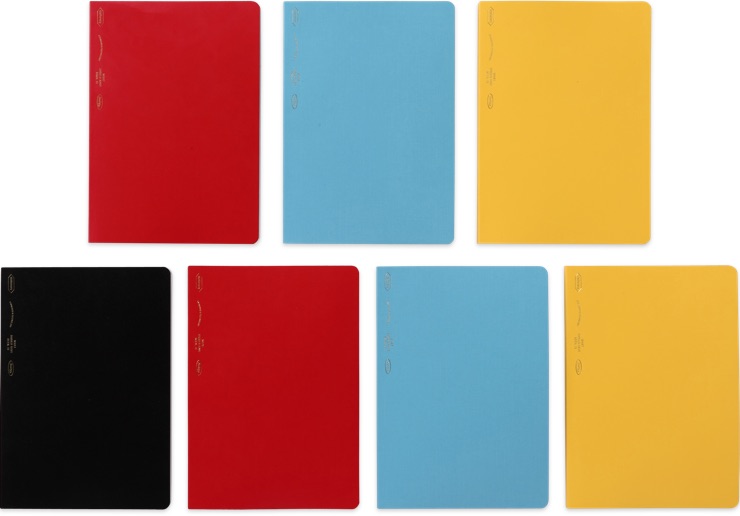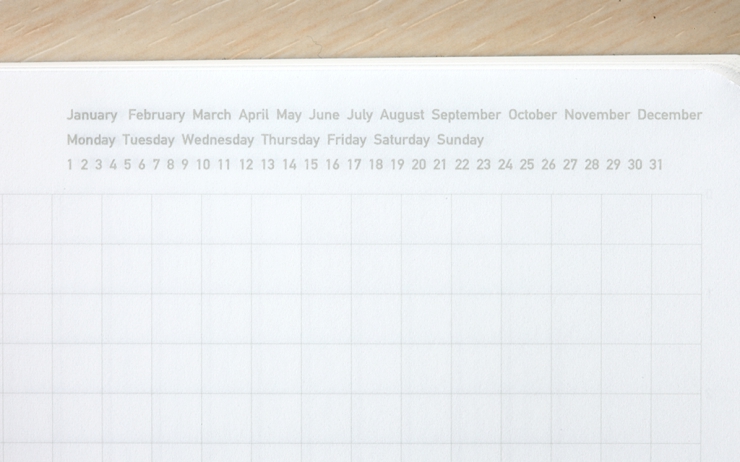What is it with paper that makes us fall in love with it over and over despite the myriad choices of note taking devices available today? No matter how efficient that phone or tablet is, one can’t help but continue their love affair with the good old pen and paper system – say for example, planners.
Planners have been around for a long time and back then, it was strictly used as a tool to plan out schedules – no more, no less. If you’re lucky, you get a zip case with pockets on the other side of it and a note pad tucked in the back pocket of the planner folder. They also mostly just came in B5 and A6 sizes and looked pretty serious most of the time.
As time went by, planner design improvements have been made in terms of size, contents, and style. They started coming in other block colors other than the classic Black, and started to have more inclusions and provisions for other things and planner knick knacks used by the paper addict most of the time (read: paper clips, sticky notes, scribble pads, page markers, small ruler to name a few). Planner users wanted to be able to do more with their planners and wanted ones that looked nice and functional at the same time.
Enter the unbelievably adorable Kawaii planners of Hobonichi and the strikingly sophisticated looking planners of Stalogy.





Although both cater to the doodling, analog-loving demographic, there are actually a few polarising qualities between the seemingly identical notebooks.
A Closer Look
The Hobonichi is a stark contrast to the Stalogy planners in terms of presentation – Hobonichi designs are artsy and quirky while Stalogy designs are sleek and formal.


When it comes to its use, the Hobonichi is a bit more disciplined because it has date-specific formatting on the pages. Somehow, it helps encourage you to use it on a daily basis, how ever you might like to use it for the day – journaling, doodling, painting, planning out a day, etc.

The Stalogy, on the other hand, allows for more freedom because it uses a calendar dashboard, which allows you to pick the month and date when the entry was created. In this case, the date on the notes aren’t necessarily in consecutive order, and thus the notebook may last over a year, or even longer, if the pages aren’t used up on a daily basis.

The paper of the Hobonichi (Tomoe River), appears to be much thinner compared to that of Stalogy’s, but both work well with various writing mediums.
In terms of size, both belong to the A6 family, but the Stalogy is a tad shorter than the Hobonichi. The difference in size is hardly noticeable, but the thickness of the book is.



There are fewer pages in the Stalogy as the book is designed to contain less of the info pages found in the Hobonichi. Imagine Japanese_x_Scandinavian design.
The A6 Hobonichi measures at 4.1 inches wide, 5.9 inches tall, and half an inch thick with 464 pages of highly regarded Tomoe River paper.
(105 mm x 149 mm / 4.1″ x 5.9″)
The A6 Stalogy Notebook measures at 4.1 inches wide, 5.8 inches tall, and much slimmer with only 184 pages of high quality Japanese Paper.
(105 mm x 148 mm / 4.1″ x 5.8″)
Overall, both notebooks look beautiful and both are functional. And no matter the journaling habits – whether one can stay on track on a day to day journaling or more of a spur-of-the-moment, as-needed basis only, definitely one – or even both of these notebooks will work exactly as needed, with style to boot.
Image Sources:
Hobonichi Webstore
Stalogy Website
Note: The items reviewed here are purchased with my own money and in no way written under a contract with any of the brand names mentioned here.
#Hobonichi #Stalogy